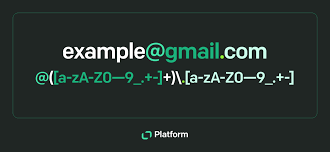Regex From Scratch: Understanding the Devs’ Secret Language
Regular expressions (regex or regexp), often described as a “secret language” among developers, are powerful tools for pattern matching within text. They’re used extensively in various programming tasks, from validating user input to searching and replacing text within large datasets. While initially intimidating, understanding the fundamentals unlocks significant efficiency in coding.
At its core, regex is a concise way to describe a pattern. Imagine you need to find all email addresses in a long document. Manually searching would be tedious. A regex, however, can pinpoint them with a single expression. The power lies in its ability to handle complex patterns with surprising brevity.
Let’s look at a simple example. The regex \b[A-Z][a-z]+@\w+\.\w+\b will likely match most email addresses. Let’s break it down:
\b: Matches a word boundary.[A-Z]: Matches a single uppercase letter (the first letter of the name).[a-z]+: Matches one or more lowercase letters (rest of the name).@: Matches the “@” symbol literally.\w+: Matches one or more alphanumeric characters (domain).\.: Matches a period literally (dot).\w+: Matches one or more alphanumeric characters (domain extension).\b: Matches a word boundary.
This regex, when applied to text, will highlight potential email addresses. Remember, while this example is basic, regex can handle far more complex scenarios.
Different programming languages offer ways to implement regex. Here’s a quick example in JavaScript:
|
|
PHP provides similar functionality:
|
|
To experiment and learn more, use a regex tester. A helpful online tool is available at https://tinytool.tinydevtool.com/regex/regex-tester. This tool allows you to input your regex and test it against sample text, providing immediate feedback. Experiment with different patterns and see how they behave.
Regex might seem cryptic at first. However, with practice and utilizing online resources, you’ll quickly grasp its power and efficiency. Start with simple patterns, gradually increasing complexity. Remember, mastering regex is a valuable skill for any programmer. The initial investment pays off significantly in terms of code efficiency and readability.
